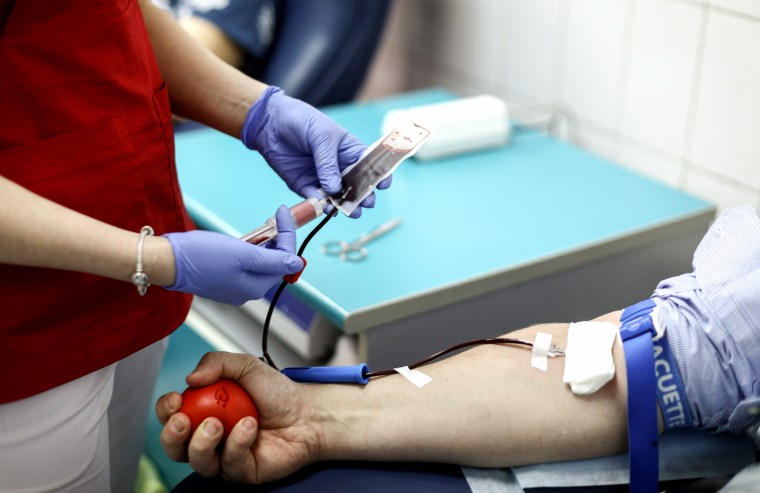
RED CROSS BLOOD DONATION NEAR ME SKIN
The reaction may present only with irritation of the skin and/or mucous membranes but can also involve serious symptoms such as difficulty breathing. In some instances, infusion of antibodies from the donor may be involved. Risk control strategies as specified by FDA guidance *Īn allergic reaction results from an interaction of an allergen in the transfused blood with preformed antibodies in the person receiving the blood transfusion. Performed on donations in Babesia-endemic regions Nucleic acid test Babesia species and antibody for B. Performed on some donations for special needs recipients Human T-Lymphotropic Virus Types I and II (HTLV)Īntibodies to Human T-Lymphotropic Virus types I and II (Anti-HTLV-I/II) assay Human Immunodeficiency virus (HIV) Types 1 and 2Īntibodies to HIV-1 and HIV-2 (anti-HIV-1 and anti-HIV-2) assay Total antibody to hepatitis B core antigen (anti-HBc) assayĪntibody to hepatitis C virus (anti-HCV) assayĮnzyme-Linked Immunosorbent Assay (ELISA) for HCV Hepatitis B surface antigen (HBsAg) assay

Tests used to screen donated blood Infectious Disease Pathogen LicensedProductsBLAs/BloodDonorScreening/InfectiousDisease/ucm080466.htm Each donor is screened for risk of transmissible disease by questionnaire prior to donating blood, and each unit of blood donated in the United States is routinely screened for various infectious disease pathogens using FDA-approved assays.blood supply is safer than ever before, some bacteria, viruses, prions, and parasites can be transmitted by blood transfusions. On rare occasions, blood transfusions can cause adverse reactions in patients receiving blood.

Most patients do not experience any side effects from blood transfusions.

Annually in the United States, there are nearly 11 million blood donors and more than 14 million units of blood transfused.Each day life-saving blood transfusions are needed in hospitals and emergency treatment facilities across the United States.


 0 kommentar(er)
0 kommentar(er)
